Stepping off a cruise ship or ferry at Naha Port in Okinawa can be both exhilarating and slightly overwhelming. The tropical breeze carries the scent of saltwater and blooming hibiscus, but the logistics of getting to your next destination might cloud that first impression. Fortunately, Naha Port offers a seamless solution for travelers: a well-organized free shuttle service that connects visitors to key transportation hubs and attractions.
The heartbeat of this system is its accessibility. Unlike many ports where shuttle services operate on confusing schedules or require advance reservations, Naha's shuttles run with the reliability of Okinawa's famous monsoon rains during rainy season. The bright green buses are impossible to miss as they pull up to the designated pickup zones, their cheerful color mirroring the lush landscape of the island itself.
What surprises many first-time visitors is the thoughtful route planning. The shuttles don't just dump passengers at the nearest train station; they create a web of connectivity across Naha's urban sprawl. From the bustling Kokusai-dori shopping street to the quieter residential areas where ryokan owners await guests, the service demonstrates Okinawa's famous omotenashi hospitality in motion. Drivers often go beyond their duties, helping with luggage or offering quick sightseeing tips between stops.
Timing is everything when using the shuttles, especially for cruise passengers working with limited shore time. The buses coordinate with major ship arrivals, but maintain consistent intervals throughout the day. During peak tourist seasons, additional vehicles join the fleet to prevent overcrowding - a testament to the port authority's understanding of visitor needs. Watching the efficient loading process, one can't help but compare it favorably to the chaotic scenes at some international ports.
The environmental consciousness behind the shuttle program reflects Okinawa's broader sustainability efforts. These aren't smoke-belching relics from the 1980s, but modern vehicles with hybrid engines. The reduced carbon footprint means visitors can explore with clearer consciences, knowing their transportation choice aligns with the island's delicate ecosystem preservation. It's a small but meaningful way tourism infrastructure can respect rather than exploit a destination.
Accessibility features set Naha's shuttles apart from similar services elsewhere. Low-floor boarding, secure wheelchair spaces, and audible stop announcements make the system genuinely inclusive. For elderly travelers or families with strollers, these thoughtful touches transform what could be a stressful transfer into a comfortable transition. The drivers' training in assistance techniques becomes apparent in their patient, unhurried approach to helping passengers with mobility challenges.
Cultural nuances emerge even in this practical service. The shuttle interiors often feature local artwork, and the onboard announcements switch seamlessly between Japanese, English, and sometimes Chinese. This multilingual approach doesn't feel perfunctory, but rather like an authentic welcome. Some regular drivers develop such rapport with daily commuters that they remember individual stops for hotel workers starting their shifts - a level of personal connection rare in public transportation.
The economic ripple effect of this free service shouldn't be underestimated. By delivering visitors directly to commercial districts and cultural sites, the shuttles act as catalysts for local businesses. Tourists who might have otherwise rushed back to their ships now linger over awamori tastings or last-minute souvenir purchases, knowing reliable transportation awaits. This symbiotic relationship between infrastructure and commerce demonstrates how thoughtful urban planning can benefit entire communities.
For those planning to use the shuttle service, a few insider tips can enhance the experience. Early morning rides often share space with market vendors heading to work, offering glimpses of local life most tourists miss. The return trips in late afternoon tend to be livelier, filled with chatter about beach discoveries and shisa statue sightings. Savvy travelers keep small bills ready for spontaneous taxi connections from shuttle stops to more remote accommodations.
As Okinawa's tourism continues growing, the Naha Port shuttle service stands as a model of how to welcome visitors without overwhelming local infrastructure. It represents that perfect balance between efficiency and hospitality - getting you where you need to go while reminding you that in this subtropical paradise, even practicalities can carry a sense of warmth. The service doesn't just transport bodies from point A to B; it carries the spirit of the island itself.
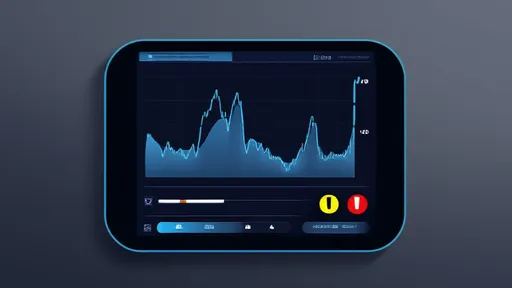
By /Aug 4, 2025
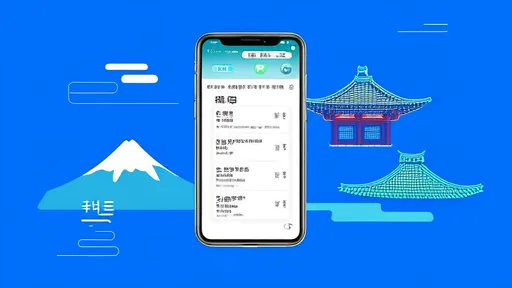
By /Aug 4, 2025

By /Aug 4, 2025
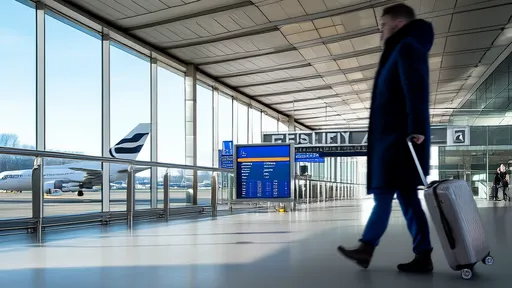
By /Aug 4, 2025

By /Aug 4, 2025

By /Aug 4, 2025
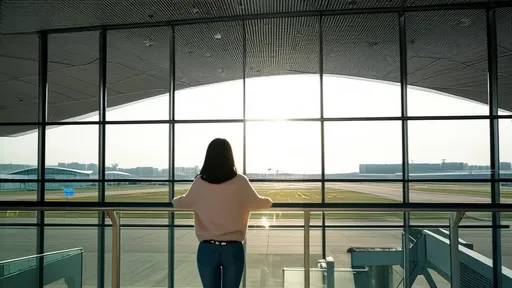
By /Aug 4, 2025

By /Aug 4, 2025

By /Aug 4, 2025

By /Aug 4, 2025

By /Aug 4, 2025

By /Aug 4, 2025

By /Aug 4, 2025

By /Aug 4, 2025

By /Aug 4, 2025
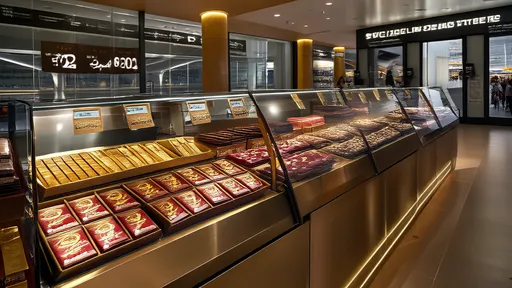
By /Aug 4, 2025

By /Aug 4, 2025
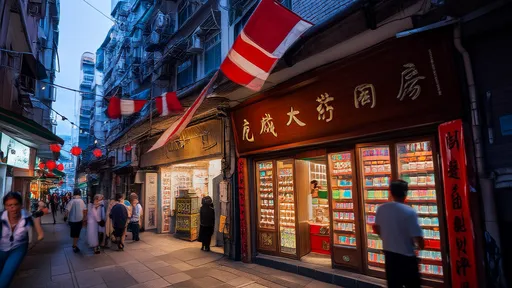
By /Aug 4, 2025

By /Aug 4, 2025
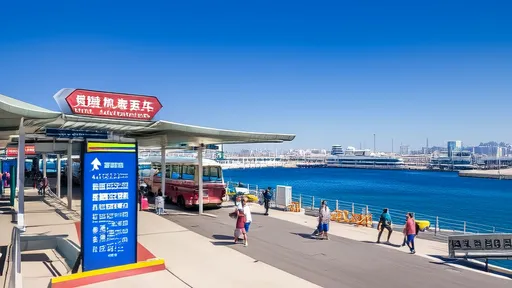
By /Aug 4, 2025